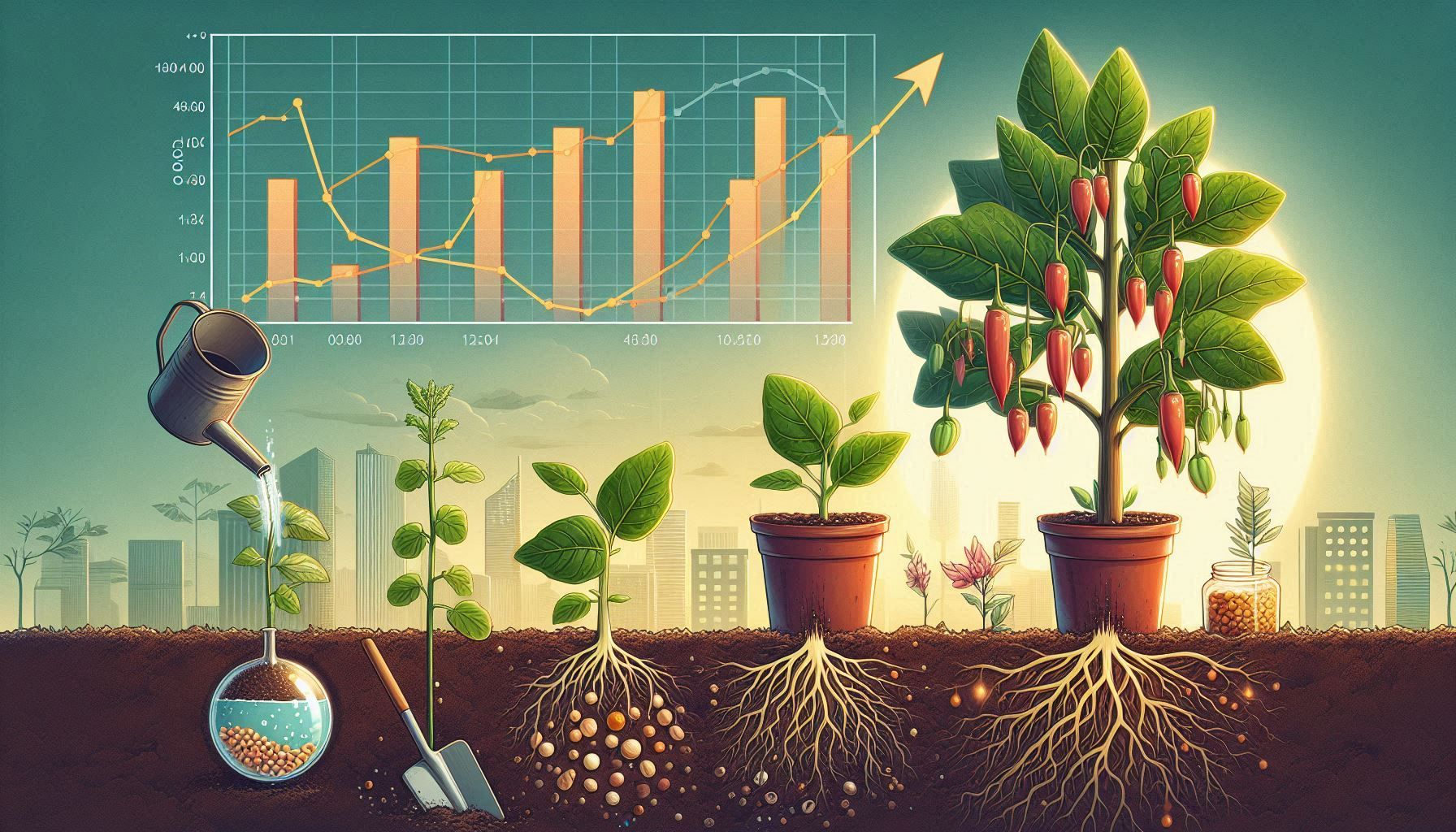
At first glance, summer gardening and data might seem worlds apart, but they share some interesting similarities:
1. Preparation and Planning: Just as you need to plan your garden—choosing the right plants for the season, preparing the soil, getting the seedlings, and setting up irrigation—data work often involves planning and organizing before diving into analysis or visualization. Both require a clear strategy to be successful.
2. Monitoring and Adjustment: In gardening, you regularly check on your plants, adjust watering, stake plants, and address pests. Similarly, in data analysis, you need to monitor data quality, adjust methods, and tweak analyses based on the results you’re getting.
3. Growth and Results: In both gardening and data, you’re looking for growth and improvement. In gardening, you want your plants to thrive and produce fruit or flowers. In data, you aim to uncover insights that lead to better decisions or understanding.
4. Patience: Both gardening and data work require patience. Plants don’t grow overnight, and meaningful data insights often emerge over time, requiring careful analysis and interpretation.
5. Adaptability: Gardens and data sets both respond to changes. A garden may need adjustments based on weather or pests, while data analysis might need tweaks as new information or trends emerge.
In essence, both involve a cycle of planning, monitoring, and adapting to achieve desired outcomes, whether that’s a thriving garden or actionable insights from data.
